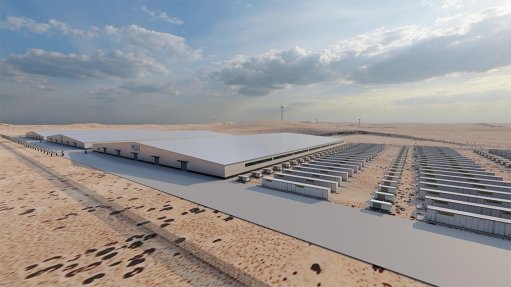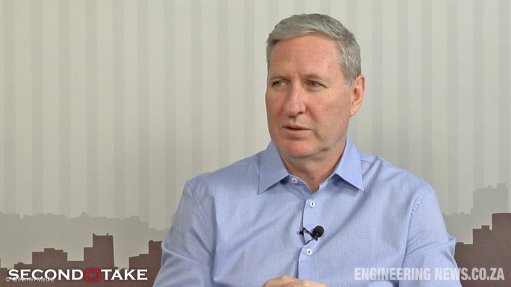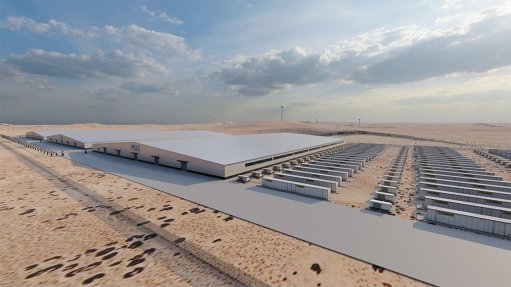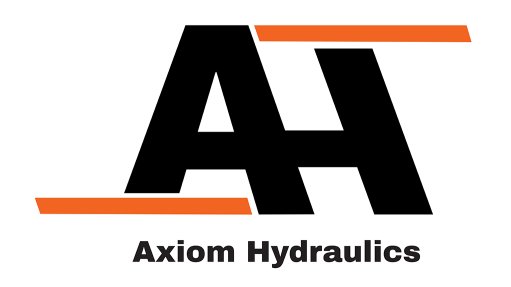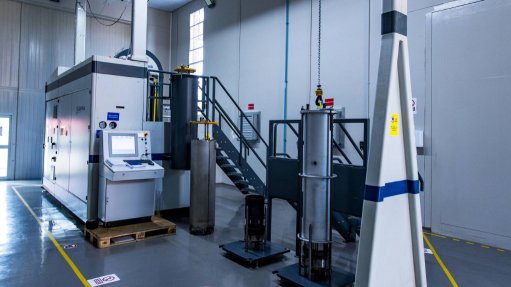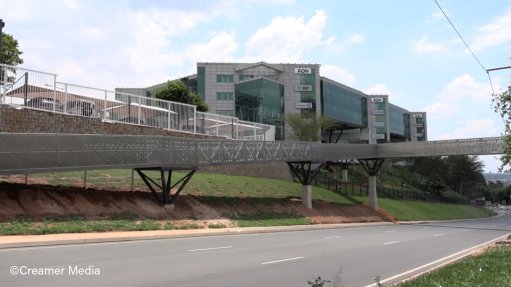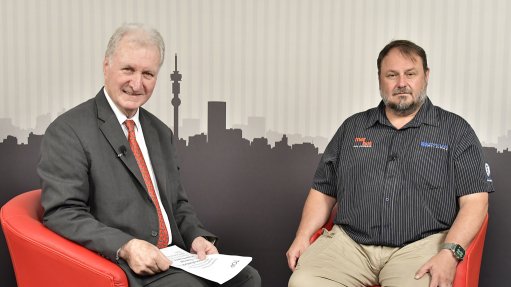The accelerated motion of data centres and how modular builds keep up
This article has been supplied.
By: Ben Selier - Vice President, Secure Power, Anglophone Africa at Schneider Electric
The expansion of the current data centres landscape is certainly making history. Its growth is almost reminiscent of time-lapse photography, where we, the subjects, stand still and the data centre builds are moving around us at speed.
Statistics support the above with Database Trends and Applications citing the global data centre market is expected to grow at a compound annual growth rate (CAGR) of 10.30% from 2024 to 2032. “This growth is driven by increasing demand for data storage and processing, particularly due to advancements in AI and high-performance computing (HPC),” says the news and analyst group.
Which brings us to prefabricated modular data centres and its feasibility in this fast-tracked marketplace. Firstly, gone are the days when modular data centres were synonymous with basic containerised setups. We are now in new era of modularity which offers unprecedented scalability, flexibility, and efficiency.
Importantly, modular datacentres not only speed the build-out of data centres but also promote sustainable construction practices due to its ability to, among others, be both custom built and scale, based on demand.
Addressing HPC challenges with modular design
HPC systems generate immense heat, necessitating advanced cooling solutions. Modular data centres have embraced innovations like liquid cooling and free-air cooling, which enhance energy efficiency while minimising environmental impact.
Furthermore, the power requirements in HPC environments are equally demanding. Modular power units (PUs) such as pre-integrated UPS and MV (medium voltage) panels housed in containers, can be deployed and scaled incrementally.
The modular approach also tackles space and design constraints. With rack sizes increasing to accommodate higher power densities (up to 30 kW per rack); these modular buildings provide the flexibility to design spacious and efficient layouts.
Retrofitting at its finest
In the past, modular data centres were often compact, containerised solutions designed for quick deployment but, in some instances, limited scalability. However, as mentioned, the growing demand for HPC, with its high-density workloads, has driven the need for more sophisticated and adaptable designs.
Modular data centres also allow organisations to adapt to their evolving needs. For instance, if additional power or cooling is required, dedicated modules can be added without overhauling the entire infrastructure
In South Africa and SADC region, the modular approach has also extended to repurposing old buildings into state-of-the-art data centres. By transforming warehouses, factories, or even mines into secure, modular environments, businesses can reduce construction time and costs.
Similarly. Scandinavia offer fantastic examples of repurposing buildings for data centres. Lefdal Mine Datacentre in Norway for example is an abandoned mine that has been converted into a data centre. Located on Norway's northwest coast, it offers 1.3 million square feet of space spread over six levels.
It's cooled by fjord water and powered by hydroelectric and wind energy, making it one of the largest green data centres in Europe.
The future of choice and customisation
Companies like Schneider Electric offer tailored solutions that align with specific client requirements, from Tier 1 to Tier 4 redundancy and beyond. With manufacturing hubs across the Middle East, Africa, and Europe, modular units can be locally assembled and deployed, ensuring faster delivery and reduced costs.
In addition, the modular approach caters to the growing demand for flexibility. Clients can choose infrastructure based on their exact needs, whether it’s a Tier 2 module for a small enterprise or a high-capacity solution for hyperscalers.
This adaptability allows us to develop that modular data centres remain future-proof, ready to keep pace with data centres’ accelerated motion.
Article Enquiry
Email Article
Save Article
Feedback
To advertise email advertising@creamermedia.co.za or click here
Comments
Press Office
Announcements
What's On
Subscribe to improve your user experience...
Option 1 (equivalent of R125 a month):
Receive a weekly copy of Creamer Media's Engineering News & Mining Weekly magazine
(print copy for those in South Africa and e-magazine for those outside of South Africa)
Receive daily email newsletters
Access to full search results
Access archive of magazine back copies
Access to Projects in Progress
Access to ONE Research Report of your choice in PDF format
Option 2 (equivalent of R375 a month):
All benefits from Option 1
PLUS
Access to Creamer Media's Research Channel Africa for ALL Research Reports, in PDF format, on various industrial and mining sectors
including Electricity; Water; Energy Transition; Hydrogen; Roads, Rail and Ports; Coal; Gold; Platinum; Battery Metals; etc.
Already a subscriber?
Forgotten your password?
Receive weekly copy of Creamer Media's Engineering News & Mining Weekly magazine (print copy for those in South Africa and e-magazine for those outside of South Africa)
➕
Recieve daily email newsletters
➕
Access to full search results
➕
Access archive of magazine back copies
➕
Access to Projects in Progress
➕
Access to ONE Research Report of your choice in PDF format
RESEARCH CHANNEL AFRICA
R4500 (equivalent of R375 a month)
SUBSCRIBEAll benefits from Option 1
➕
Access to Creamer Media's Research Channel Africa for ALL Research Reports on various industrial and mining sectors, in PDF format, including on:
Electricity
➕
Water
➕
Energy Transition
➕
Hydrogen
➕
Roads, Rail and Ports
➕
Coal
➕
Gold
➕
Platinum
➕
Battery Metals
➕
etc.
Receive all benefits from Option 1 or Option 2 delivered to numerous people at your company
➕
Multiple User names and Passwords for simultaneous log-ins
➕
Intranet integration access to all in your organisation









